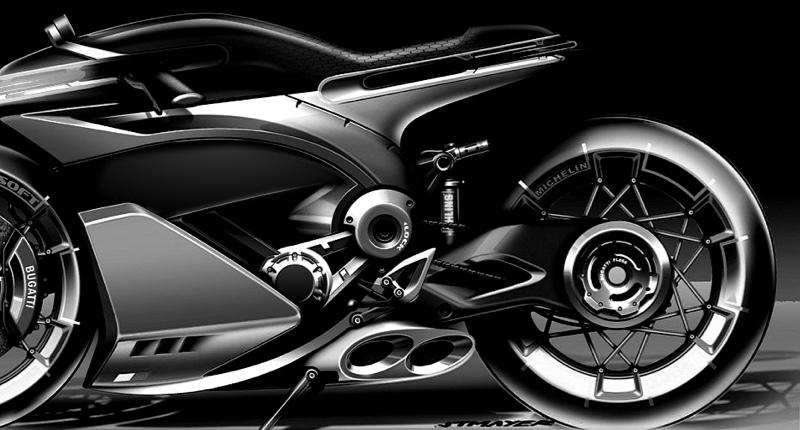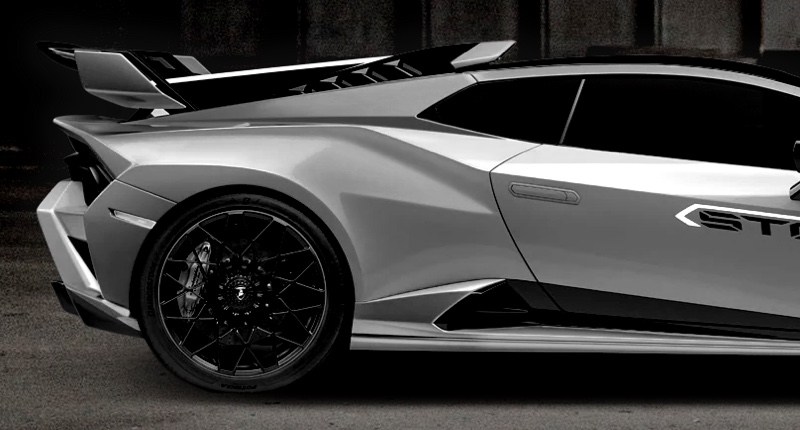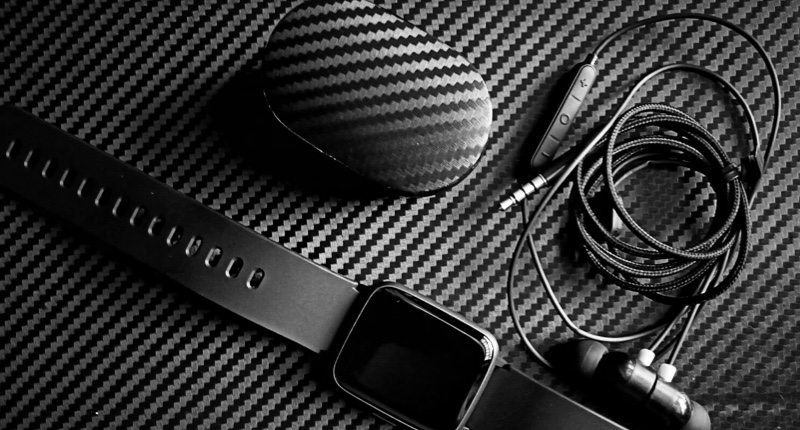how is carbon fiber produced | Supreem Carbon Expert Guide
- Understanding Carbon Fiber Production and Procurement for the Carbon Fiber Parts Industry
- 1. What are the different methods of carbon fiber production?
- 2. What are the key properties to consider when selecting carbon fiber?
- 3. What are the different types of carbon fiber weaves and their applications?
- 4. What resins are commonly used with carbon fiber?
- 5. What are the key quality control considerations for carbon fiber parts?
Understanding Carbon Fiber Production and Procurement for the Carbon Fiber Parts Industry
Carbon fiber has revolutionized numerous industries, from aerospace and automotive to sports equipment and construction, due to its exceptional strength-to-weight ratio, high stiffness, and chemical resistance. This guide provides essential knowledge for professionals in the carbon fiber parts industry looking to procure carbon fiber materials effectively.
Based on recent online searches related to how is carbon fiber produced, common user questions and areas of interest include:
1. What are the different methods of carbon fiber production?
The most common method is the Polyacrylonitrile (PAN) process. This involves stretching PAN fibers, then heating them in stages to very high temperatures in an oxygen-free environment. This process carbonizes the fiber, leaving mostly carbon atoms tightly bonded together. Other methods include pitch-based and rayon-based processes, each with varying costs and resulting fiber properties.
- PAN-based: Offers the best balance of strength and cost, making it the most widely used.
- Pitch-based: Produces fibers with extremely high stiffness, suitable for specialized applications.
- Rayon-based: An older method, now less common due to lower performance and higher cost.
2. What are the key properties to consider when selecting carbon fiber?
Several properties are crucial when selecting carbon fiber for specific applications. These include:
- Tensile Strength: The amount of force a fiber can withstand before breaking. Measured in MPa (megapascals) or KSI (kilopounds per square inch).
- Tensile Modulus (Stiffness): A measure of a fiber's resistance to deformation under stress. Measured in GPa (gigapascals) or MSI (million pounds per square inch).
- Density: The mass per unit volume. Carbon fiber is prized for its low density (typically around 1.75-1.85 g/cm³).
- Elongation: The amount a fiber can stretch before breaking, expressed as a percentage.
- Fiber Diameter: Typically measured in micrometers (µm). Affects surface area and bonding with resin.
Different grades of carbon fiber offer varying performance in these categories. For example, high-strength carbon fibers prioritize tensile strength, while high-modulus fibers focus on stiffness.
3. What are the different types of carbon fiber weaves and their applications?
Carbon fiber is often woven into fabrics for composite manufacturing. Common weave patterns include:
- Plain Weave: A simple over-under pattern that offers good stability and is relatively inexpensive.
- Twill Weave: A diagonal rib pattern that offers better drapeability (ability to conform to complex shapes) and a visually appealing appearance. Examples include 2x2 twill and 4x4 twill.
- Satin Weave: Features fewer interlacings than plain or twill weaves, resulting in higher drapeability and a smoother surface finish. Often used for aesthetic parts.
- Unidirectional: All fibers are aligned in one direction, providing maximum strength and stiffness in that direction. Used in applications where load is primarily in one direction.
The choice of weave depends on the application's requirements for strength, stiffness, appearance, and ease of manufacturing.
4. What resins are commonly used with carbon fiber?
Carbon fiber is typically combined with a resin matrix to create a composite material. Common resins include:
- Epoxy: The most widely used resin due to its excellent mechanical properties, chemical resistance, and adhesion to carbon fiber.
- Polyester: A lower-cost alternative to epoxy, suitable for less demanding applications.
- Vinyl Ester: Offers better corrosion resistance than polyester and good mechanical properties.
- Phenolic: Used in high-temperature applications due to its excellent fire resistance.
The resin choice significantly impacts the final composite's properties, cost, and processing requirements.
5. What are the key quality control considerations for carbon fiber parts?
Ensuring the quality of carbon fiber parts is critical. Key considerations include:
- Fiber Volume Fraction: The ratio of carbon fiber to resin in the composite. Optimizing this ratio is essential for achieving desired mechanical properties. Typical values range from 50% to 70%.
- Void Content: The presence of air bubbles within the composite. High void content can significantly reduce strength and stiffness. Non-destructive testing methods like ultrasonic inspection can detect voids.
- Fiber Alignment: Proper alignment of fibers is crucial for maximizing strength and stiffness in the desired directions. Misalignment can lead to premature failure.
- Cure Quality: Proper curing of the resin is essential for achieving optimal mechanical properties. Differential Scanning Calorimetry (DSC) can be used to assess the degree of cure.
- Surface Finish: The surface finish should meet the application's requirements for aesthetics and functionality. Surface roughness can affect adhesion in bonded joints.
Effective quality control measures throughout the manufacturing process are vital to ensure the reliability and performance of carbon fiber parts.
By understanding these aspects of carbon fiber production, properties, weaves, resins, and quality control, professionals in the carbon fiber parts industry can make informed decisions during procurement and manufacturing processes, leading to higher-quality products and improved performance.

2023 BMW S1000RR Carbon Fiber Body Kit released by Supreem Carbon

New Arrivals of BMW S1000RR 2020+ full carbon fiber sets.

How Long Does Carbon Fiber Last? Unveiling the Durability of a Tech Marvel

Supreem Carbon: Asya'nın En İyi Profesyonel Motosiklet Karbon Fiber Üretici Markası

Custom Xiaomi SU7 Carbon Fiber Parts – Supreem Carbon

Ducati DesertX 2022 new arrivals!
For Products
How can I get some sample?
Actually we dont provide the free sample to customer, you can place a sample order if need some parts.
Are you parts have UV protected?
Absolutely! We use multiple layers of premium quality automotive clear (or matt) coats on our products, which ensure that they will remain super pretty for years to come.
For Facotry
Supreem carbon main competitive advantages.
Rich experience
Over 10 years production experience in carbon fiber industry, providing customers with high quality carbon products.
Excellent service
From new project development to customer finished product delivery, we provide customers with full tracking and timely feedback on project progress.
High-Quality Products
Our carbon fiber products undergo rigorous quality control to ensure customers achieve the high quality and cost-effective product.
For Customized Service
What can be customized in addition to customized carbon fiber parts?
You can customize your company logo, packaging, even the color of coating and so on.
For After-sales Service
What can I do if the carbon fiber products arrived is broken?
Please give us feedback as soon as possible and we will send new one to you.

Kawasaki H2 Carbon Fiber Front Fairing

Yamaha MT-07 Carbon Fiber Tank Cover

BMW S1000R Carbon Fiber Rear Undertail
Transform your BMW S1000R with a premium carbon fiber rear seat bottom fairing. Replace the stock plastic for a weight reduction and a sophisticated, racing-inspired aesthetic. This ultra-strong fairing offers superior protection while enhancing your bike's overall look. Choose between a glossy or matte finish for a perfect match.

Kawasaki ZX10R Carbon Fiber Upper Tank Airbox Cover
Let’s Bring Your Carbon Fiber Ideas to Life
Have a question or inquiry about our carbon fiber composite products? Leave us a message here, and our team will get back to you promptly.
Whether you're interested in custom orders, technical specifications, or partnership opportunities, we're here to assist you.
Please fill out the fields above with your name, email address, and message.
© 2024 Supreem Carbon All Rights Reserved.





Facebook
Pinterest
LinkedIn
Instagram